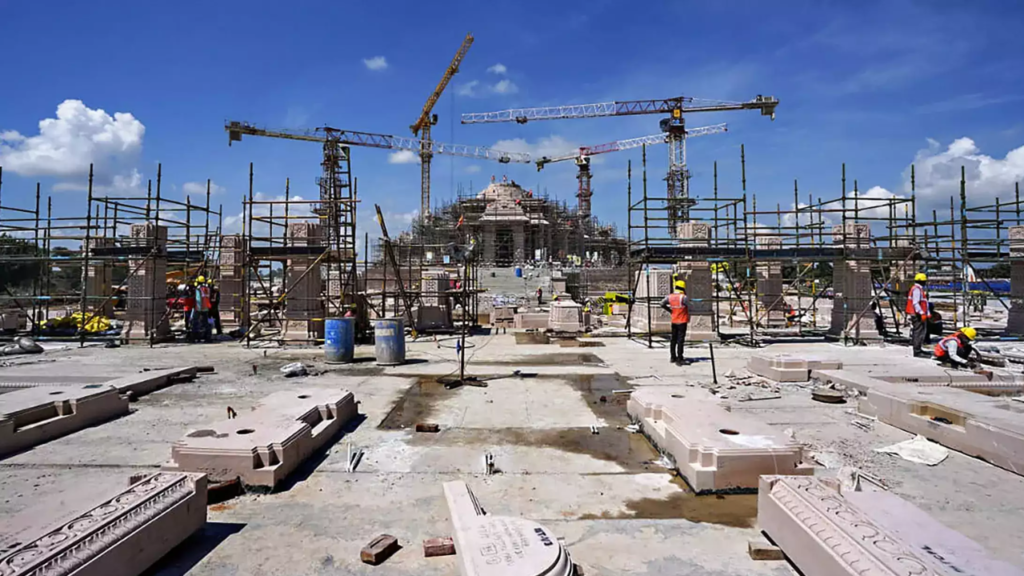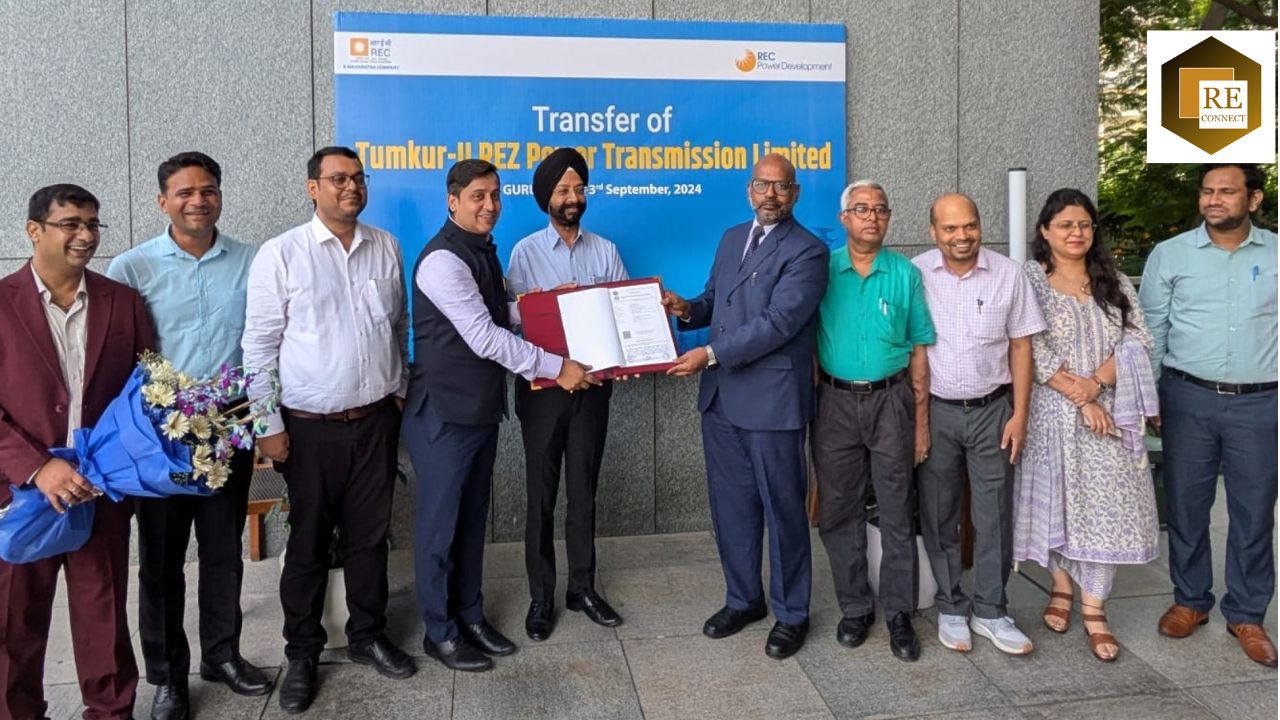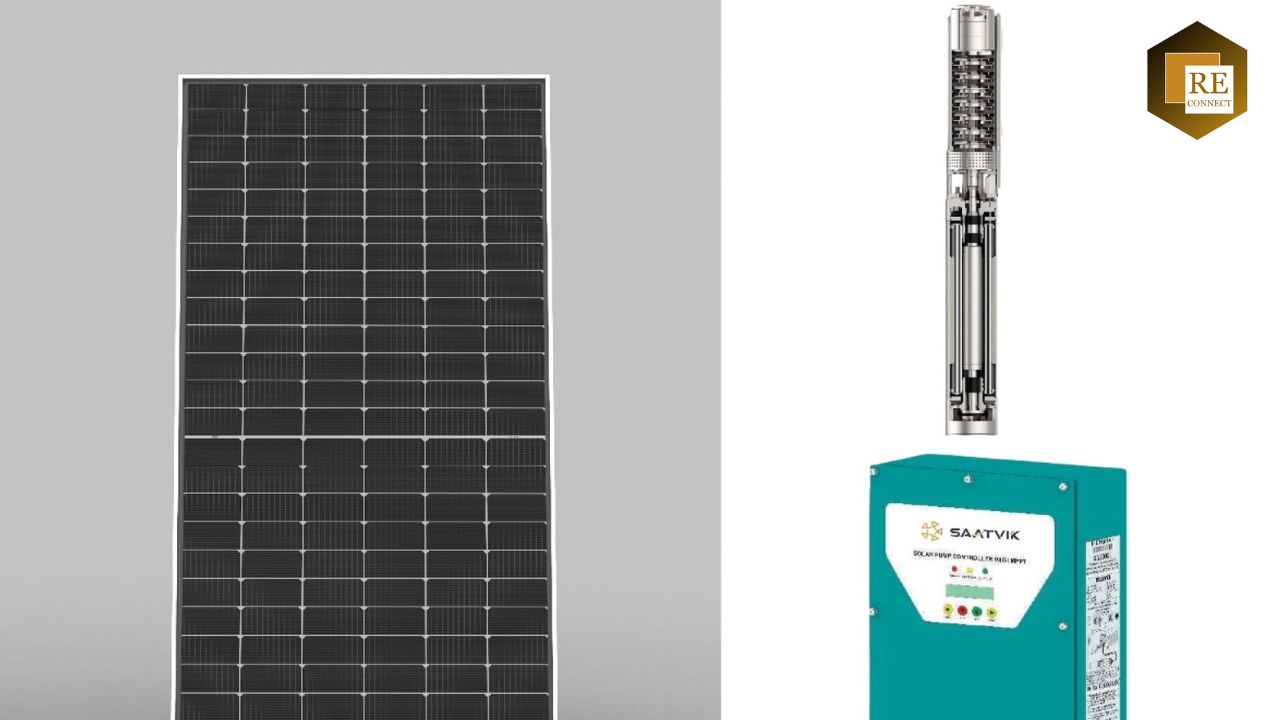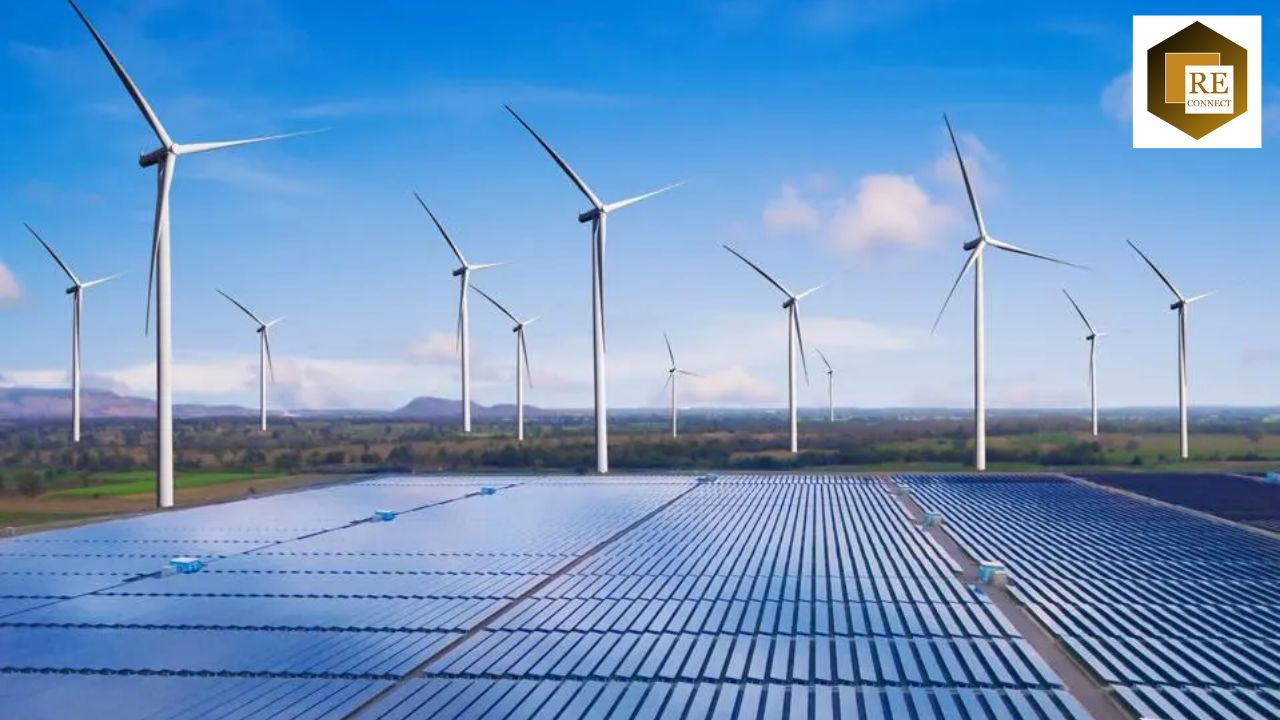
Embracing a Sustainable Future: Ayodhya’s 40 MW Solar Power Plant
In a groundbreaking initiative aligning with Chief Minister Yogi Adityanath’s visionary approach to leverage solar energy for power generation, Ayodhya is on the verge of completing a cutting-edge solar power plant in Majha Rampur Halwara village. The project, valued at Rs 200 crore, spans across 165 acres and is anticipated to be a game-changer in Ayodhya’s holistic development plan outlined in Vision 2047.

Under the keen guidance of Chief Minister Yogi, the district administration has leased 165 acres of land to the Uttar Pradesh New and Renewable Energy Development Agency (UPNEDA) for 30 years at a nominal rate of Re 1 per acre per year. UPNEDA has collaborated with NTPC Green Energy Limited to operate the plant, and the development responsibilities have been entrusted to Jakson Solar, a prominent player in the Indian solar energy sector.
Ratan Singh, head of project and additional general manager of NTPC Green Energy Limited, highlighted that the solar power plant would have a total generation capacity of 40 MW, producing an impressive 8.65 crore units of electricity annually.
The plant, equipped with 1,04,580 solar panels boasting power outputs of 550 watts and 555 watts, is set to be inaugurated on January 22, initially operating at 10 MW power generation capacity. Post-inauguration, the plant is expected to swiftly scale up to its full capacity, aiming to meet 10 percent of Ayodhya’s total electricity consumption.
This initiative is more than just a power plant; it’s a pivotal step towards realizing Chief Minister Yogi’s grand vision for Ayodhya. The environmental impact is substantial, with the plant estimated to prevent 47,000 tons of carbon dioxide emissions annually, equivalent to the carbon dioxide absorption capacity of 17 lakh trees. UPNEDA Project Officer Praveen Nath Pandey emphasized the economic and environmental friendliness of this project, shifting from traditional coal-based power generation to a cleaner alternative.
As of now, approximately 300 workers are engaged in the ongoing construction of the plant, and once completed, it will require a minimal workforce of 15-20 people for operations. The electrical energy generated will be transmitted to the Darshan Nagar sub-station through a 13233 kV overhead power line.
This solar power plant is not just an infrastructure project; it symbolizes Ayodhya’s commitment to becoming a model solar city, setting the stage for a future where the city is powered by clean, renewable energy. Ayodhya’s journey towards sustainability is marked by this significant milestone, showcasing its dedication to a greener and brighter tomorrow.



























1 comment on “Ayodhya Surges Forward in Clean Energy Endeavors”